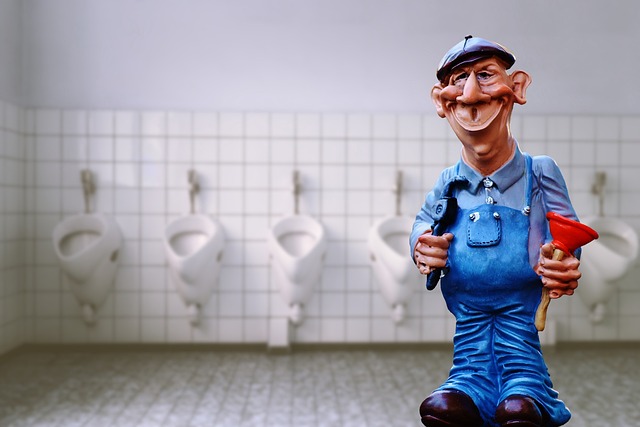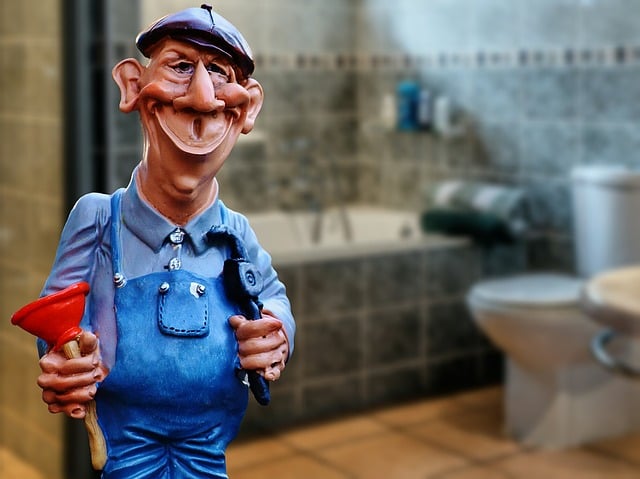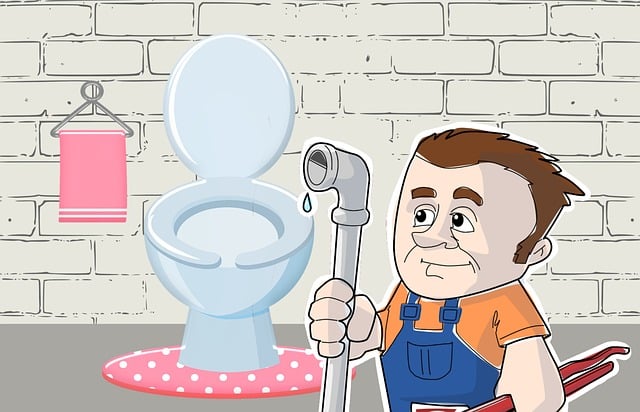Regular plumbing maintenance prevents costly repairs. Clean drains and inspect pipes annually. Address leaks, unusual noises, and water pressure changes promptly. Use water-saving fixtures and insulate pipes. Call a plumber for severe clogs or complex issues. Quick action on emergency signs saves damage.
“As homeowners, we often take our plumbing systems for granted until an emergency arises. This guide is designed to empower you with the knowledge and tools to maintain your home’s plumbing effectively. From identifying common issues like clogs, leaks, and low water pressure to understanding when a plumber’s expertise is required, these best practices will ensure your pipes remain in top condition. By implementing regular maintenance tasks, you can prevent costly repairs and keep your home running smoothly.”
- Understanding Common Plumbing Issues and Prevention
- Regular Maintenance Tasks for Optimal Pipe Health
- When to Call a Plumber: Recognizing Emergency Signs
Understanding Common Plumbing Issues and Prevention

Understanding common plumbing issues is the first step towards effective prevention. Many homeowners often overlook basic maintenance, leading to problems that require the services of a plumber. Clogged drains, for instance, can be prevented by regular cleaning and avoiding disposal of non-biodegradable materials. Leaky faucets or pipes are typically caused by worn-out parts, easily replaceable by an experienced do-it-yourselfer or a professional plumber.
Regular inspection and immediate attention to unusual sounds, smells, or changes in water pressure can save homeowners from major plumbing disasters. Preventative measures like insulating pipes in colder climates, using water-saving fixtures, and maintaining water heaters can also significantly reduce the risk of costly repairs.
Regular Maintenance Tasks for Optimal Pipe Health

Regular maintenance is key to keeping your plumbing system in top condition and preventing costly repairs. Homeowners should schedule periodic inspections and perform simple tasks throughout the year to ensure optimal pipe health. One of the most important maintenance practices is checking for leaks. Even small drips can lead to significant water waste and damage over time. Regularly examining pipes, fittings, and appliances for any signs of leakage and addressing them promptly can help avoid substantial plumbing bills and potential property damage.
Additionally, cleaning drain pipes and sewer lines is essential. Over time, these passages can become clogged with debris, grease, or tree roots, leading to slow drains and potential backups. Homeowners can use chemical drain cleaners or natural remedies like baking soda and vinegar to clear minor obstructions. For more severe clogs, it’s advisable to hire a professional plumber who has the tools and expertise to navigate complex plumbing labyrinths and restore proper drainage.
When to Call a Plumber: Recognizing Emergency Signs

Knowing when to call a plumber is crucial for maintaining a well-functioning plumbing system. While minor issues like a faint dripping or slow drain might not require immediate attention, emergency signs demand prompt action. Recognize these red flags to ensure swift intervention from a professional plumber.
Any sudden surge in water pressure, unusual noises coming from pipes, or the absence of water in fixtures are all indications that something is amiss. If you notice your water heater making strange noises, for example, or your toilet won’t flush, don’t delay. Promptly addressing these issues can prevent more severe damage and costly repairs down the line.
By implementing these best practices for plumbing care, homeowners can significantly reduce common issues and prolong the life of their pipes. Regular maintenance and proactive measures are key to avoiding costly emergency repairs. Remember, while many basic tasks can be DIY projects, recognizing when to call a professional plumber is essential for addressing complex problems swiftly. With proper care, your plumbing system will operate efficiently, ensuring a comfortable and stress-free home environment.
